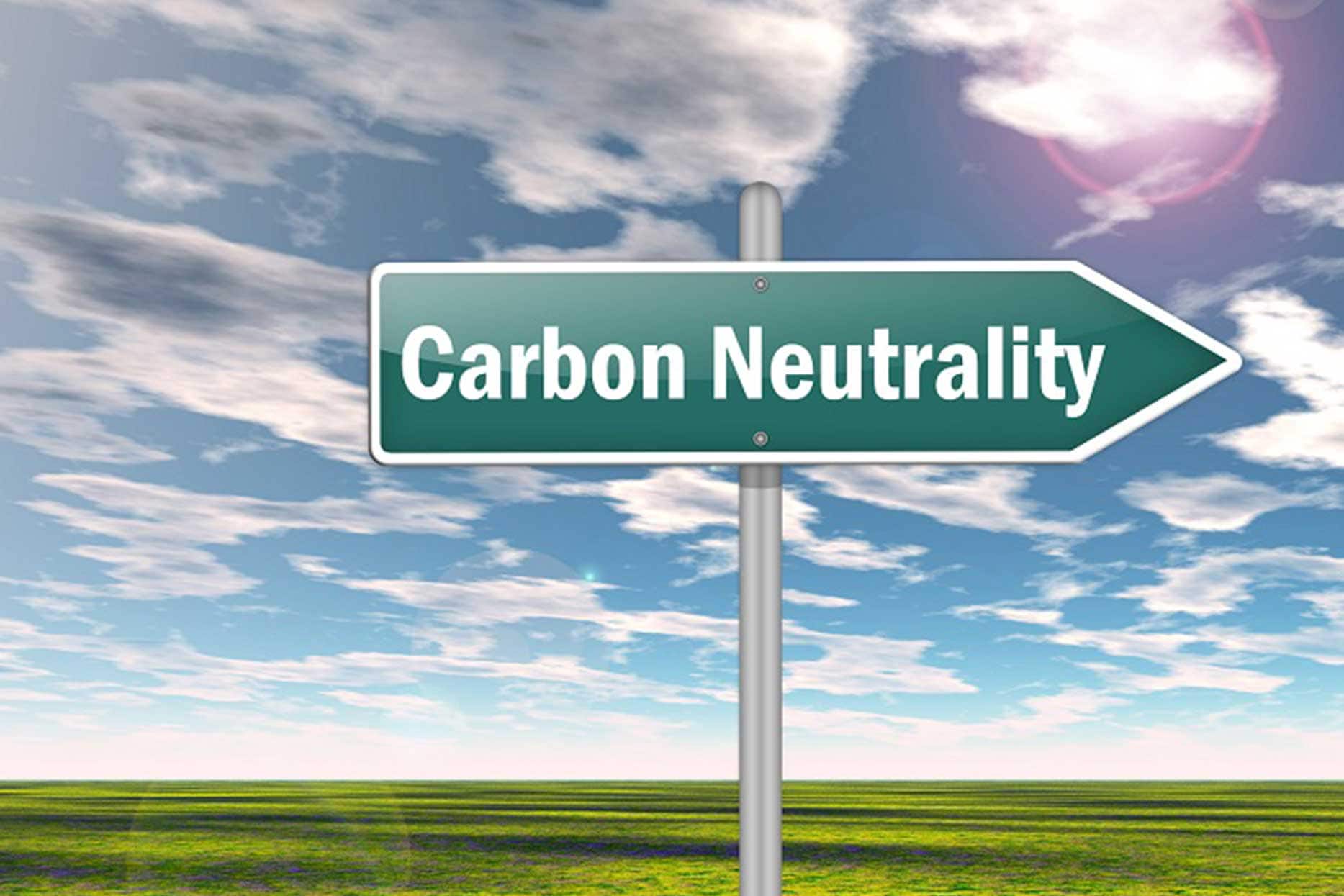Can the Greenway Help us Meet 2030 Climate Goals?
The Intergovernmental Panel on Climate Change (IPCC) recently released a report, Climate Change 2022: Impacts, Adaptation and Vulnerability, with a stark warning: every part of the world is already facing the impacts of climate change, and these impacts are more severe than expected. However, we still have a chance to prevent much more severe impacts by halving greenhouse gas emissions and scaling up adaptation. Sonoma County is experiencing these impacts in the form of devastating wildfires and severe drought. In response, local governments are increasing their focus on finding solutions to the climate crisis.
Beginning with the City of Petaluma in 2019, all ten Sonoma County jurisdictions and the Regional Climate Protection Authority (RCPA) have adopted climate emergency resolutions and are taking action to fulfill the commitments made in these resolutions. After adopting its resolution, RCPA developed the Sonoma Climate Mobilization Strategy with a goal of achieving carbon neutrality in Sonoma County by 2030.
The strategy contains many objectives that local governments can pursue to achieve the 2030 carbon neutrality goal. For example:
- converting to 100% clean electricity to power our homes and vehicles
- accelerating the adoption of electric vehicles
- shifting from driving to walking, biking, and riding transit
- implementing practices like composting and no-till farming that increase the ability of our natural and working lands to absorb excess carbon from the atmosphere
- eliminating waste sent to landfills
How can the Southeast Greenway support the achievement of Sonoma County’s ambitious 2030 climate goal? Based on the community planning process, many of the uses envisioned for the Southeast Greenway will support our climate goal. For example:
- An urban carbon farm plan could be created on the Greenway to increase the amount of sequestration that occurs naturally on its 47 acres.
- The planned bicycle and pedestrian pathways will make it easier for residents and visitors to travel to work, school, and recreational areas like Spring Lake Park. The Greenway will fill a critical gap in east-west bicycle and pedestrian connectivity.
- The housing planned for a portion of the Greenway will provide opportunities for people to live close to schools, services, and a larger network of connected bicycle and pedestrian pathways.
With its preservation of open space, land identified for housing, and planned bicycle and pedestrian pathways, the Southeast Greenway will play a critical role in creating a healthier and more resilient Sonoma County.

By Chris Rogers, Mayor of Santa Rosa and Chair, SCTA/RCPA Board of Directors

